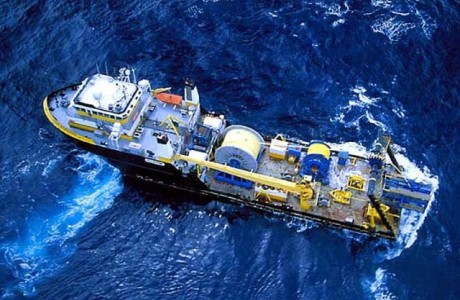
Schlumberger announced Tuesday the introduction of the MicroScope high-resolution resistivity and imaging-while-drilling service. On a single collar, this logging-while-drilling service provides high-resolution laterolog resistivity and full borehole images in conductive mud environments.
“Optimal placement of the borehole in the reservoir, accurate evaluation of formation properties and identification of geological features that impact producibility are key elements of a successful well,” said Andy Hendricks, president, Drilling & Measurements, Schlumberger. “This service, already successful in more than 150 jobs across 10 countries, addresses these challenges in unconventional shale plays, carbonate and clastic reservoirs.”
MicroScope technology has been deployed worldwide. In a tight gas carbonate reservoir in Asia, MicroScope measurements facilitated formation evaluation and clearly identified and defined the structural dips, faults and fractures along the horizontal section in a complex, thin, dolomite gas reservoir. The well was completed with an initial gas production of 120,000 m3/d, which exceeded the production goal.
“The application of MicroScope in this challenging thin tight gas reservoir has helped us make accurate real-time decisions while drilling,” said Peng Hai Run, chief geologist, PetroChina SWOGC. “The success of this well has opened more opportunities to our company in developing the thin target reservoirs.”
In Wyoming, the service helped tap the potential of the Niobrara formation in the Denver-Julesburg basin. Both permeability and porosity in the Niobrara chalk are relatively low and production is usually enhanced by natural fractures. Keeping the wellbore within the highly fractured layer required accurate real-time information to guide steering decisions. MicroScope images facilitated well placement and fracture analysis to optimize hydraulic fracturing stage designs.
The MicroScope tool acquires focused laterolog resistivity measurements and images at four different depths of investigation, with azimuthal sensitivity. These measurements are essential for calculating reserve estimates, placing horizontal wells and optimizing completion design.


